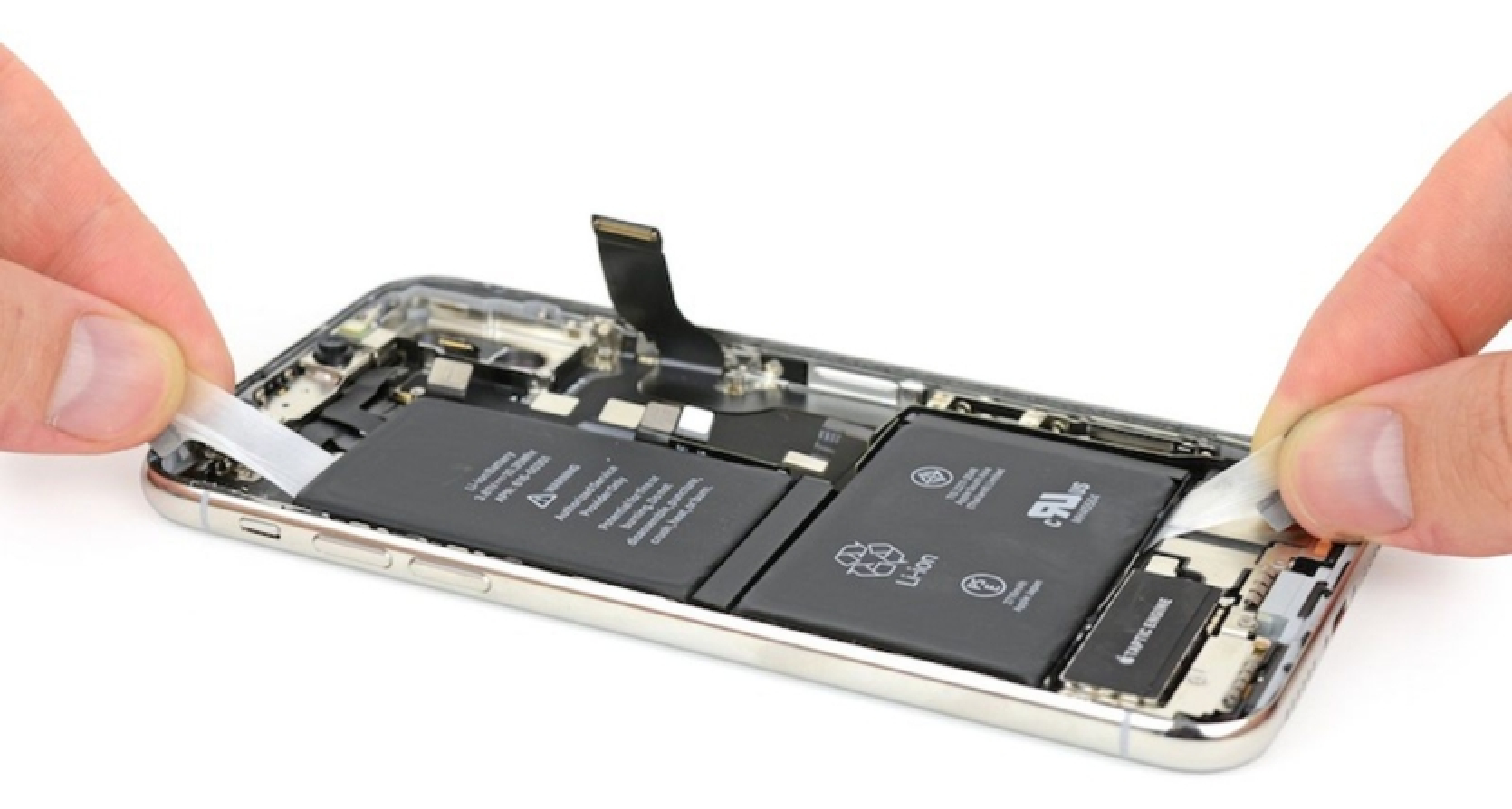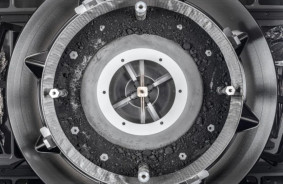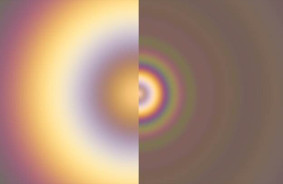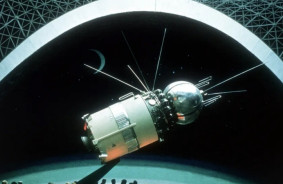Some technologies for making lithium-ion batteries use a class of chemical substances called PFAS (per- and polyfluoroalkyl substances). They help make batteries less susceptible to ignition and increase their conductivity. However, they also pose a great threat to the environment and human health.
The problem is that PFAS are known as "forever chemicals" because they quickly accumulate in the environment, people, and animals and do not break down for thousands of years. They are linked to a number of illnesses, including liver damage, high cholesterol levels, low birth weight, and chronic kidney failure.
Scientists have found high levels of PFAS substances in the air, water, snow, soil, and sediments near plants that produce these chemicals in the United States, Belgium, and France. However, this is already a global problem, as lithium-ion batteries are used worldwide, according to a study. The same class of PFAS substances was recently found in low levels in European and Chinese water, but the source of contamination was unclear.
The specific class of PFAS identified by the research team is called bis-perfluoroalkylsulfonamides or bis-FASI. Scientists tested more than a dozen lithium-ion batteries used in electric vehicles and consumer electronics, such as laptops, and found bis-FASI in varying concentrations.
Researchers say that bis-FASI can be compared to "more well-known older" chemicals, such as PFOA (perfluorooctanoic acid), in part because they are extremely difficult to break down. At the same time, studies show that chemicals alter the behavior of aquatic organisms at low concentrations. The production of PFOA in the United States has been discontinued, but the substance continues to pollute drinking water. Scientists found bis-FASI chemicals in parts per billion — much higher than the restrictions set by the Environmental Protection Agency for PFAS in drinking water.
There are various ways in which bis-FASI can spread. Data on air emissions indicate that chemicals can reach areas far from production sites. They can also enter the environment from landfills, where most lithium-ion batteries end up after use.
The study states that only about 5% of lithium-ion batteries are recycled, and by 2040, there could be around 8 million tons of lithium-ion battery waste.
Source: businessinsider














Comments (0)
There are no comments for now